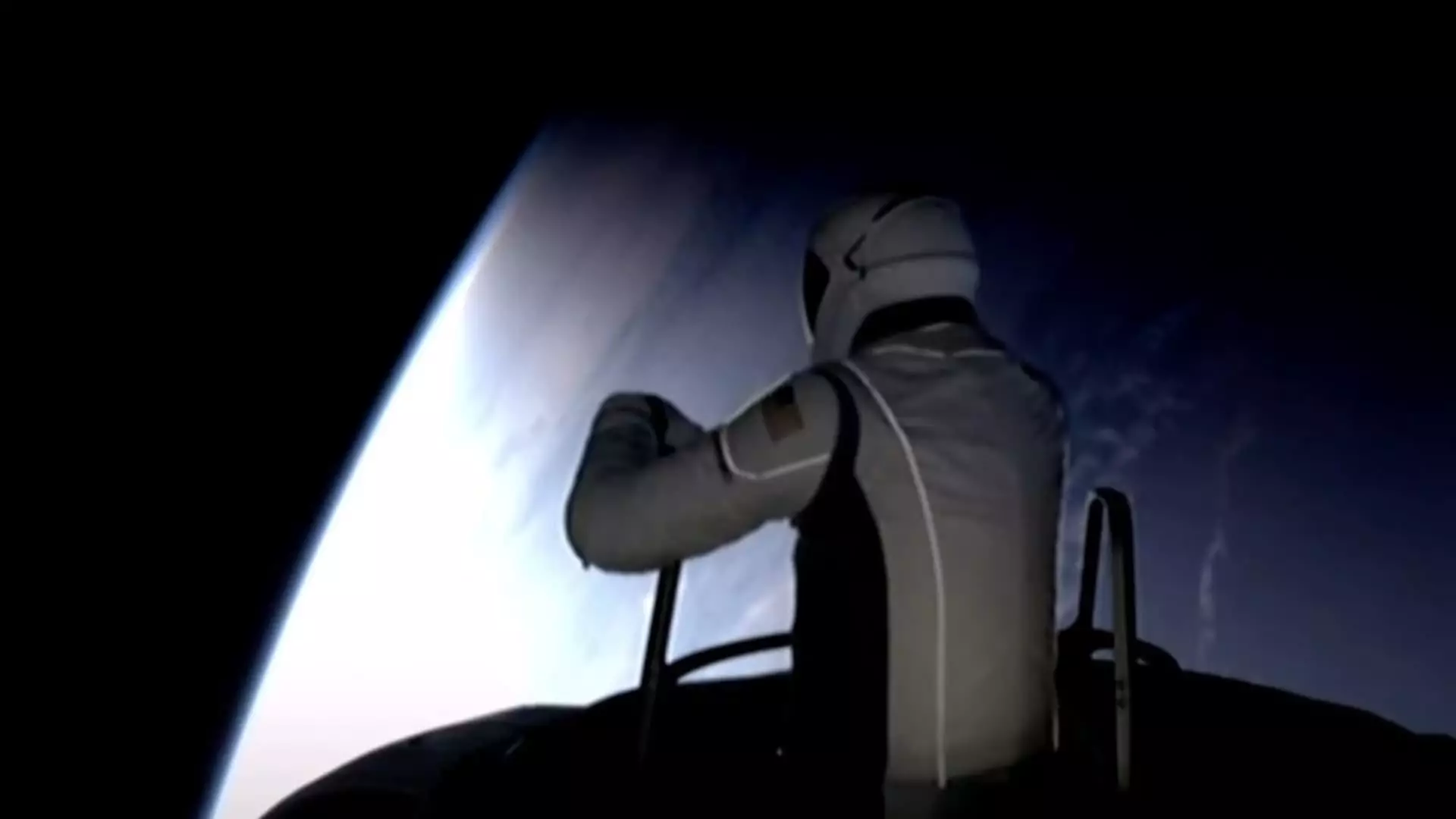The recent landing of the Polaris Dawn spacecraft represents a watershed moment in private space exploration, pushing the boundaries of what civilian missions can achieve. Aboard the Crew Dragon capsule were four private individuals who returned to Earth at 3:36 a.m. ET on a Sunday morning, concluding a mission that made history with the world’s first all-civilian spacewalk. Operated by SpaceX, the mission was a tremendous leap forward, not only in technology but also in how space travel is perceived and accomplished.
The Polaris Dawn expedition was remarkable for several reasons, the most significant being its all-civilian crew composition, which included billionaire entrepreneur Jared Isaacman, retired Air Force Lt. Col. Scott “Kidd” Poteet, and SpaceX engineers Sarah Gillis and Anna Menon. Their successful splashdown off the coast of Dry Tortugas, Florida, symbolized a triumph not just for SpaceX but for all of humankind, showing that space is becoming increasingly accessible to ordinary individuals. As the operators succinctly stated, “Polaris Dawn we are mission complete,” their announcement echoed through the audio waves, bringing to an end a five-day venture that set new precedents in space tourism.
The mission’s five-day duration and series of maneuvers marked it as SpaceX’s most ambitious undertaking yet, showcasing not only human ingenuity but also the inherent risk associated with exploring the great beyond. The pinnacle of this mission was, without a doubt, the all-civilian spacewalk conducted by Isaacman and Gillis. This unprecedented event required both of them to exit the Dragon capsule tethered together in a vacuum, a feat previously only accomplished by crews of state-sponsored missions. Their spacewalk lasted approximately ten minutes, primarily centered on conducting mobility tests in specially designed spacesuits.
The absence of a pressurized airlock in the Crew Dragon capsule added a layer of complexity to the mission. Unlike traditional space missions, where astronauts have the safety net of a pressurized airlock, the Polaris Dawn crew operated under more precarious conditions, making spacewalks even riskier. The decision to conduct the spacewalk under these circumstances reflects a testament to both SpaceX’s engineering capabilities and the bravery of those onboard. This bold move opens doors to new methods of performing tasks in space, fundamentally changing how we might think about future missions involving civilian crews.
The mission also took the crew to an orbital altitude of 870 miles—higher than any human has traveled since the last Apollo moon mission in 1972. This elevation allowed the spacecraft to enter part of the Van Allen radiation belt, an area characterized by high-energy radiation particles. For scientists, this presents a unique opportunity to study the effects of long-duration space exposure on both the human body and the spacecraft. The data gathered will be invaluable as SpaceX and other agencies plan their upcoming missions to the Moon and Mars. Understanding space radiation is crucial, as future astronauts will inevitably have to navigate through the Van Allen belts.
Jared Isaacman, who spearheaded this ambitious project and founded Shift4, has already made his mark in the realm of space travel. His previous experience aboard the first all-civilian SpaceX mission set the stage for Polaris Dawn. Through this mission, Isaacman aims to test new technologies and establish operational protocols for prolonged missions.
The Polaris program, of which Dawn is merely the first leg, serves as a launching point for Isaacman’s vision of expanding human presence in space. However, specific details, including the cost and additional planned missions, remain shrouded in mystery as Isaacman strategizes the future of this program. What remains clear is that Polaris Dawn has not just created a narrative for humanity’s next steps in space but has also opened a conversation about the future of private space exploration and the roles ordinary citizens may play in it.
The Polaris Dawn mission has redefined the landscape of human space exploration by bridging the gap between governmental and civilian efforts. As we venture further into the cosmos, missions like these reassure us that the frontier of space is within reach for all, sparking both excitement and anticipation for what lies ahead. The spirit of exploration is alive, and it is driven by an extraordinary collective ambition that transcends the traditional boundaries of space travel.

Leave a Reply